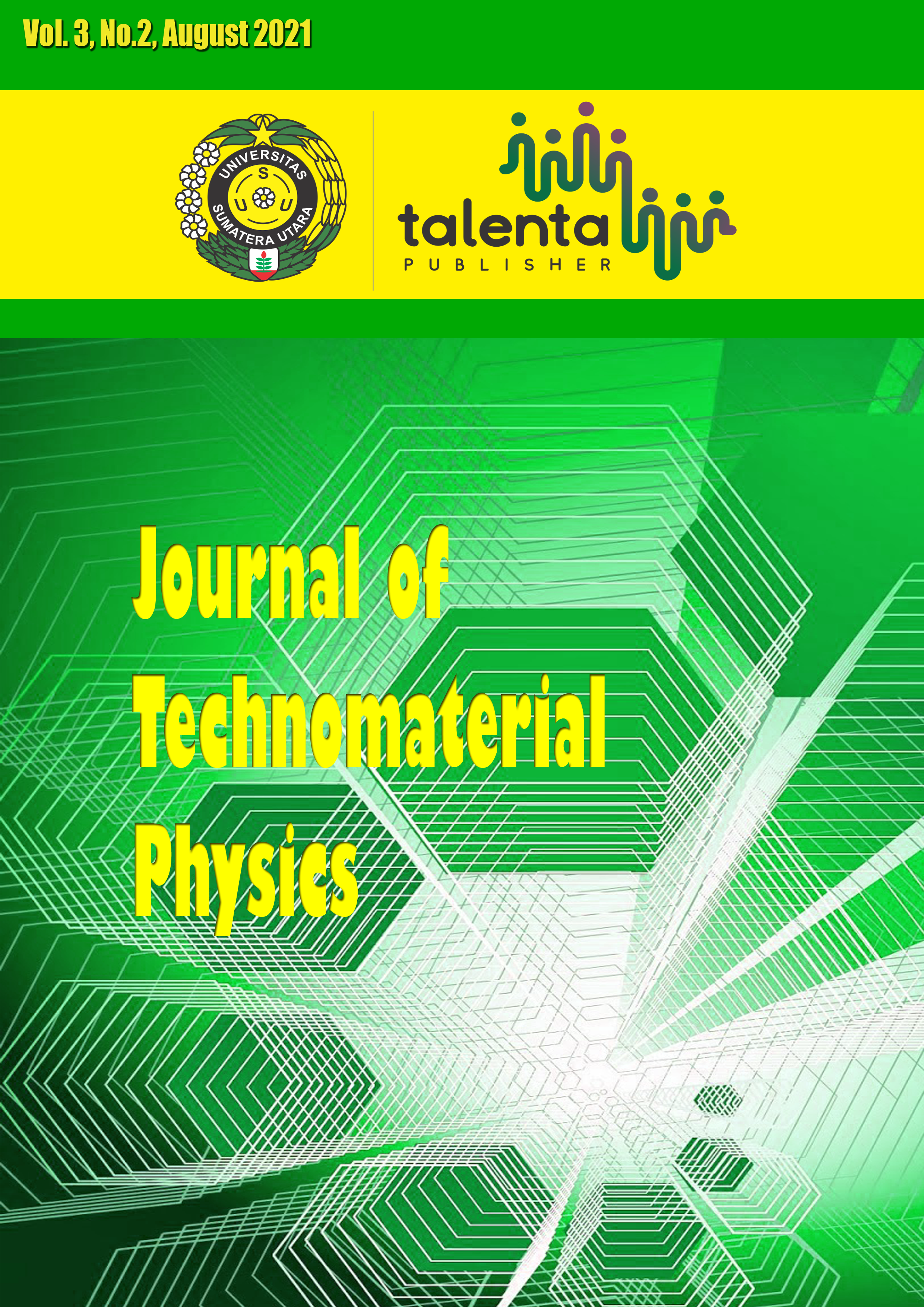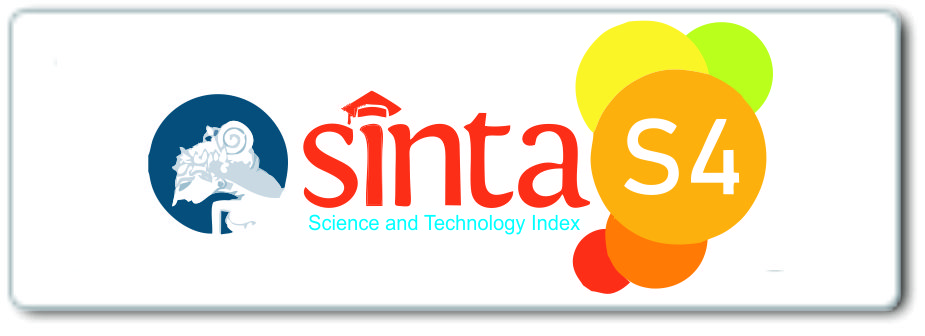Solar Power-Based Thermo Electric Cooler (TEC) System
DOI:
https://doi.org/10.32734/jotp.v3i2.5624Abstract
Solar energy has been considered as a promising renewable energy source for
electric power generation. Solar panel systems have become a popular object to be
developed by researchers, but the low efficiency of solar panels in energy conversion is one
of the weaknesses of this system. Factors that affect the output produced by solar panels are
the intensity of sunlight and the working temperature of the solar panels. The solar panel
module has a single operating point where the voltage and current outputs produce the
maximum power output. There are three main methods in Maximum Power Point Tracking
(MPPT), namely conventional methods, artificial intelligence methods, and hybrid
methods. In most solar panel systems, this study uses Maximum Power Point Tracking
(MPPT) with perturb and observe algorithms to maximize the use of solar energy. The
maximum power point extracted by MPPT will be supplied to the battery and controlled by
the Charge Controller. The energy stored in the battery will be used by the Thermo Electric
Cooler cooling system to reach the desired temperature point using the keypad as
temperature input.
Downloads
Downloads
Published
Issue
Section
License
Copyright (c) 2021 Journal of Technomaterial Physics

This work is licensed under a Creative Commons Attribution-ShareAlike 4.0 International License.








